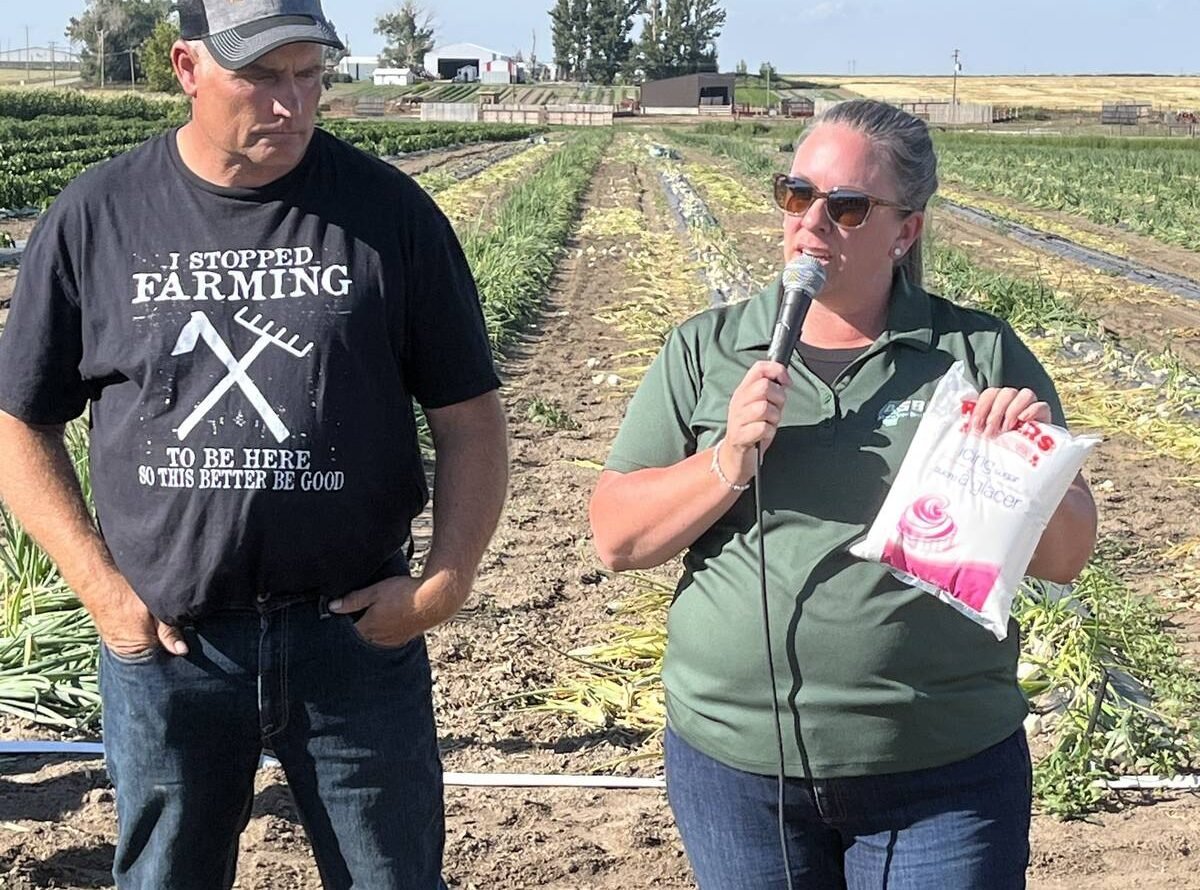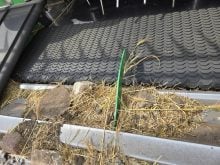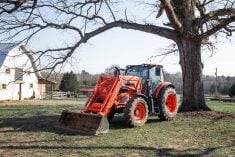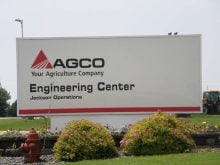Nitrogen fertilizer prices have come back to earth from their meteoric heights and analysts expect continued downward momentum throughout the winter months.
Low natural gas costs, plummeting grain prices and cutthroat competition by western Canadian fertilizer retailers have them predicting some of the best deals in years for the key agricultural input.
“I think it’s just going to be an excellent buying opportunity for farmers,” said Dale Anderson, president of Sunalta Fertilizer, an independent retailer in Stettler, Alta.
“(Prices) have to go down because the commodity prices have all dropped so bad and natural gas is cheap.”
Read Also

Alberta’s beets a sweet domestic segment in Canada’s sugar supply
The sugar beet industry is showcased during a Farm to Table tour, as Taber features the last remaining sugar beet processing plant in all of Canada.
On top of that, there is fierce competition in the western Canadian marketplace as some of the bigger players in the fertilizer business like Viterra and Agrium gobble up independent retailers.
“Canada has probably got the cheapest urea prices in the world right now,” he said.
The takeovers have created a temporary situation where independents are dropping their prices, sometimes below cost, an attempt to build market share and keep the wolves at bay. The big players are following suit.
Anderson said farmers are in line for some of the best fertilizer deals they’ve seen in a long while but he warned it will be a fleeting utopia because once the dust settles, there will be less competition in the marketplace, which will eventually result in higher prices.
According to Alberta Agriculture, the average monthly farmgate price for urea in the province tumbled to $503 per tonne in July from a high of $935 per tonne last year. That’s a 46 percent decline, which matches how far canola prices have fallen since they peaked in July 2008.
Anderson said the Alberta Agriculture prices do not reflect reality. He said urea traded as low as $340 delivered to the farmer’s door during a July price war.
Ian Wishart, president of Keystone Agricultural Producers, Manitoba’s largest general farm policy organization, said farmers are in a far better position on nitrogen fertilizer than they were two years ago. He too expects continued relief on that front.
“I see downward pressure on nitrogen prices going on all winter,” he said.
One of the main reasons for his optimism is that the price of natural gas, which is the biggest cost in the production of nitrogen fertilizer, has risen in the past few weeks but is still cheap compared to where it has been over the past six years.
North American manufacturers are also facing more competition from offshore product, such as new urea plants in Saudi Arabia, which should also help keep prices in check.
And grain prices have been on a steady decline, which limits how much farmers are willing to pay for fertilizer.
“Farmers aren’t feeling that flush, I can tell you that,” said Wishart.
Another factor that should keep prices down is a growing season that pushed harvest back all across North America. That is expected to reduce fall demand for nitrogen fertilizer in the key corn and soybean growing areas of the United States.
“A late Midwest harvest that could delay applications could be taking a toll on fertilizer prices,” said Farm Futures in its Sept. 18 Weekly Fertilizer Review.
Farm Futures expects a U.S. farmgate price for ammonia of $505 (US) per tonne this fall, which would be on par with where it was in 2006 and 2007. Its urea forecast is for $374 per tonne, which harkens back to 2006 levels.















